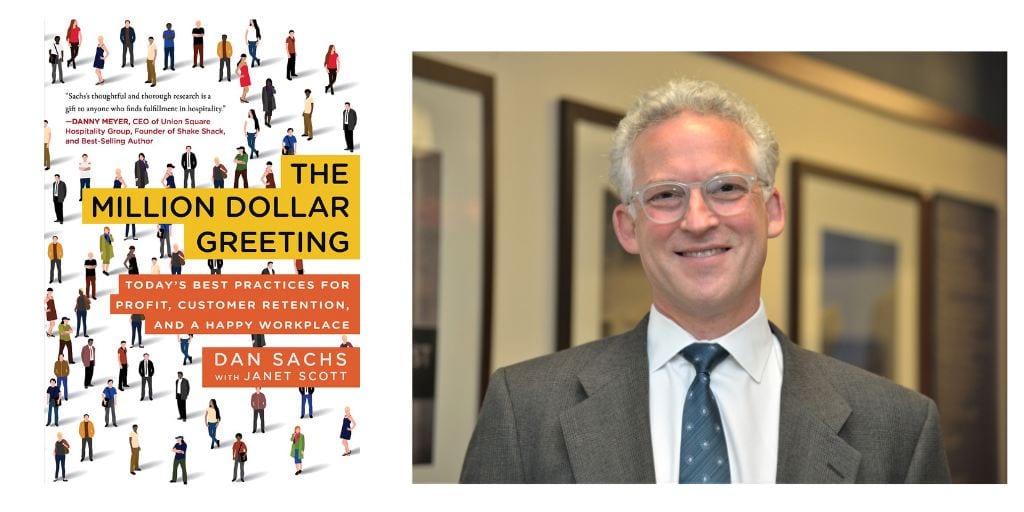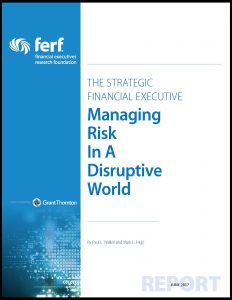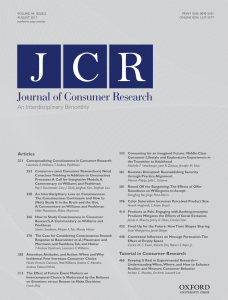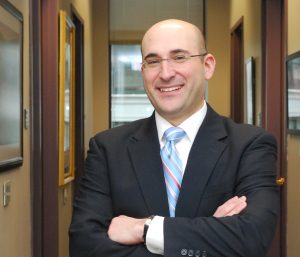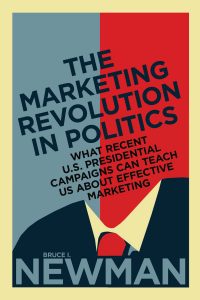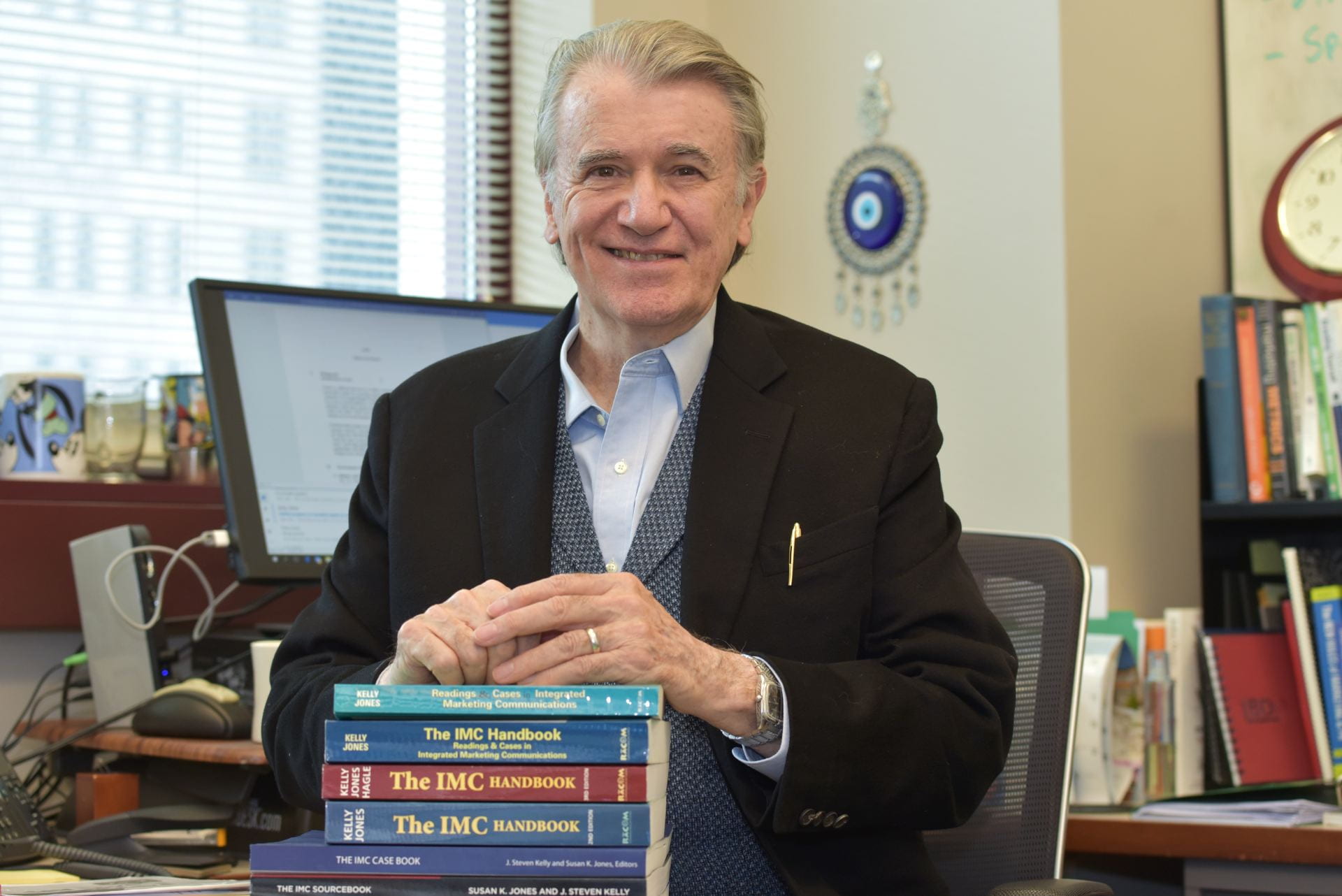
Mary Beth McCabe (MBA ’82) remembers learning a lot from the business case studies written about real brands—including EKCO kitchenware—that she tackled as a student at DePaul.
“We had to create our own product promotional characters, and our group created the character Ernie Ekco for some cooking products,” she recalls. The exercise helped her connect theory to practice and provided a useful framework for her to develop marketing strategies at work.
Today, McCabe, an associate professor of marketing at National University in La Jolla, Calif., and the owner of Sun Marketing in San Diego, develops business school case studies about marketing issues facing real companies. She was inspired to become a case writer by one of her DePaul teachers, Associate Professor of Marketing Steve Kelly, and the annual case competition he created, the Jacobs & Clevenger Case Writers’ Workshop.
This fall marks the 25th anniversary of the workshop co-sponsored by the Kellstadt Marketing Center, which Kelly directs. It started when the workshop’s original co-sponsor, the Direct Marketing Association, approached Kelly seeking strategies “to get more people interested in the field, which wasn’t being taught,” Kelly says. The workshop is now co-sponsored by Jacobs & Clevenger, a marketing agency co-founded by Ron Jacobs, past president of the Chicago Association of Direct Marketing.
Students often come to school with no idea of what they want to do. It’s usually their experience with companies—reading cases about them and then interning in that field—that helps them find their career interest.”
— Steve Kelly, associate professor of marketing and director, Kellstadt Marketing Center
The workshop is scheduled to convene at the annual Marketing Management Association (MMA) Educators’ Conference in Providence, R.I., in September. As he has done for every workshop, Kelly has lined up representatives from companies located in the host city to share information about their marketing issues with professors at the workshop. It isn’t difficult to find companies willing to participate, Kelly says, even though they get nothing in return. “These companies love to give back to the classroom.”
After the conference, the participating professors will turn the company’s presentations into case studies that challenge business students to develop solutions to the real-world situations described by the companies. Then, Kelly and DePaul marketing staff member Jessica Sanborn (BUS MA ’19) will arrange for the cases to be peer-reviewed by 20 or so professors, including DePaul faculty members. The three top-rated cases will be presented at next year’s MMA conference, where new cases will be developed. Kelly and co-editor Susan K. Jones, a marketing professor at Ferris State University in Grand Rapids, Mich., publish the cases in the biennial “IMC Sourcebook: Readings and Cases in Integrated Marketing Communications,” which professors across the country use in their classrooms.
Cases developed in the workshop bring contemporary business issues to life for students. One award-winning case co-written by McCabe, for example, puts students in the shoes of marketing executives at the electric carmaker Tesla by asking them to develop strategies for managing demand that outpaces production.
Kelly, who will celebrate his 45th year on DePaul’s faculty in June, says he enjoys managing the competition because case studies have a positive impact on students. “Students often come to school with no idea of what they want to do,” he says. “It’s usually their experience with companies—reading cases about them and then interning in that field—that helps them find their career interest.”
By Robin Florzak | Photo by Kathy Hillegonds

